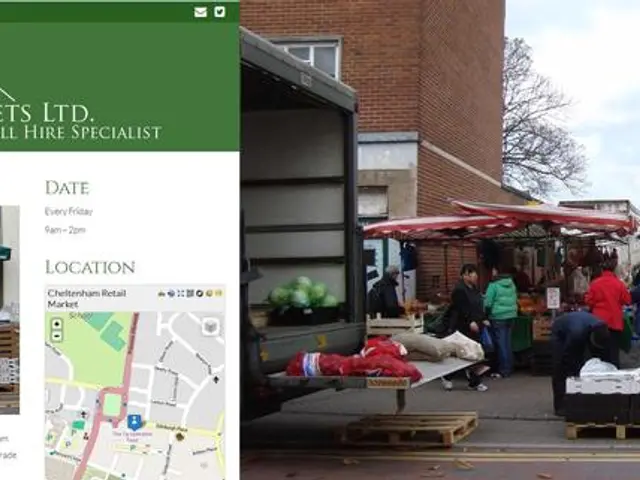Rocket Ariane 6 achieves significant step prior to launch
The European Space Agency (ESA) has successfully completed a wet dress rehearsal for the Ariane 6 rocket launch at the French Guiana launch site on June 21. This significant milestone brings the agency one step closer to resolving Europe's temporary loss of independent access to space.
The successful wet dress rehearsal (WDR) demonstrates that the rocket's systems—including fueling and engine ignition under launch-like conditions—are functioning reliably. This test confirms readiness of ground infrastructure, rocket hardware, and flight software to work seamlessly together as programmed.
The Ariane 6 rocket, scheduled for launch on July 9, is a crucial component in ESA's strategic goal to maintain independent European access to space. With its modular architecture, the rocket allows for future evolutions and potential improvements, aiming to compete in the commercial launch market against American and other international providers.
The WDR also validates the integration of hardware and procedures, reduces risk for the upcoming maiden flight, and bolsters confidence in Ariane 6 as a competitive European heavy-lift launch vehicle for government and commercial missions.
During the WDR, the payloads and fairing were installed with precise and delicate handling to ensure that the instruments are not damaged and are properly aligned for deployment into orbit. The fairing, the front part of the rocket, protects the payloads from aerodynamic forces and harsh environmental conditions during launch.
The Ariane 6 rocket is designed to be versatile, capable of launching various payloads, and can be configured in two main versions: Ariane 62 and Ariane 64. This versatility will support European space initiatives like Galileo, Copernicus, and scientific and defense missions.
The successful WDR comes after several challenges were overcome to push the boundaries of space technology in the development of the Ariane 6 rocket. The rocket's modular architecture may include partial reuse capabilities similar to those of companies like SpaceX, further enhancing Europe’s position in the global space industry.
The inaugural launch of the Ariane 6 rocket marks a crucial moment for the European Space Agency (ESA) and its partners. It will ensure the regular deployment and replacement of European satellites, supporting many European space programs and ensuring Europe's continued presence in space exploration and technology.
Despite the successful WDR, the launch was initially scheduled for June 18 but was delayed by two days. Final preparations for the launch, including installing the payloads and fairing, are now underway, with the Ariane 6 rocket set to take flight on July 9.
The successful WDR of the Ariane 6 rocket, a critical component in ESA's strategic goal, has confirmed the readiness of ground infrastructure, rocket hardware, and flight software. This European heavy-lift launch vehicle for government and commercial missions is designed to be versatile, capable of launching various payloads and can be configured in two main versions.
The WDR has validated the integration of hardware and procedures, reduced risk for the upcoming maiden flight, and bolstered confidence in Ariane 6 as a competitive player in the commercial launch market against American and international providers.
The Ariane 6's modular architecture may include partial reuse capabilities, similar to SpaceX, further enhancing Europe’s position in the global space industry. The WDR comes after several challenges were overcome to push the boundaries of space technology in the development of the Ariane 6.
Final preparations for the launch, including installing the payloads and fairing, are now underway, with the Ariane 6 rocket set to take flight on July 9, resolving Europe's temporary loss of independent access to space and supporting many European space programs. The successful WDR and subsequent launch will underscore ESA's commitment to advance science, technology, and environmental monitoring through space-and-astronomy and aerospace initiatives.








